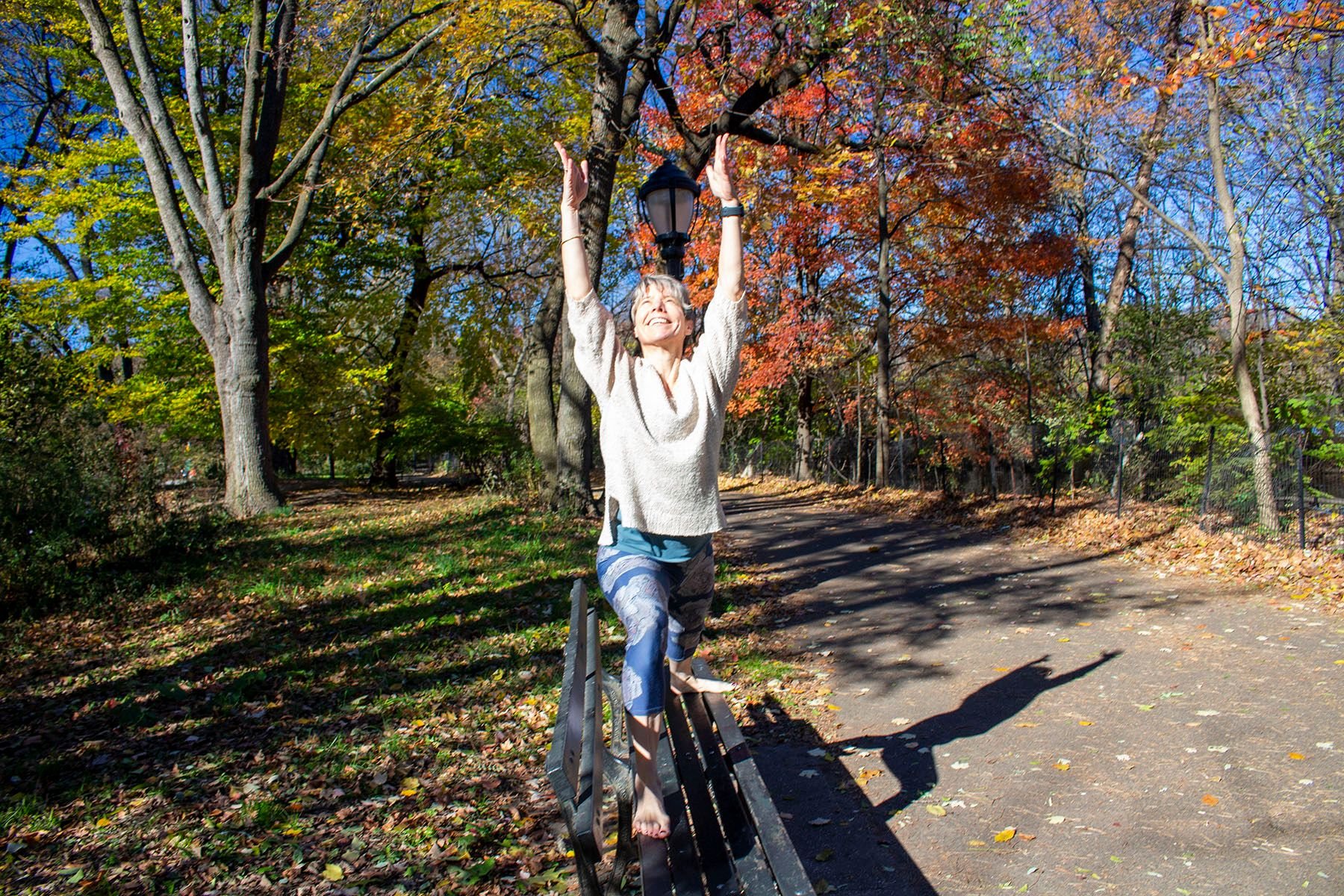How to sit in acceptance
As a centuries-long tradition, it should come as no surprise that there are many ways to think about yoga. All of them have a couple of things in common, however, the most central of which (to me) is self-discovery for purposes of liberation. Liberation from the tyranny of our thoughts and perceptions, liberation from our attachment to hierarchies and unimportant rules.
If this sounds like a religion, it is because it comes from a similar place: the space that exists at the end of our reason, where we try to make sense of the things we just can’t really know.
But the beauty of yoga is that you don’t have to believe in anything to benefit from practicing. You just have to trust that whatever you are doing is enough.
There is a non-striving quality in this that is antithetical to the way most of our societies are organized today. We are taught to strive, to surpass ourselves, to never let down our push for more. As a person with a day-job in the human rights sector, striving is central to what I do: if I didn’t believe we could do better as a human collective, I’d have given up ages ago.
But yoga says, not “stay as you are,” but rather “when we truly are, we evolve.” It is through really being with ourselves that we discover how we want to be with each other: in truth, non-violence, and with a sense of abundance.
I am struggling with the tug-of-war between acceptance and need-to-change this morning. I can’t be with who I am without accepting me. And I can’t change without feeling the need to move.
I know this stalling is temporary.
And so I sit.

